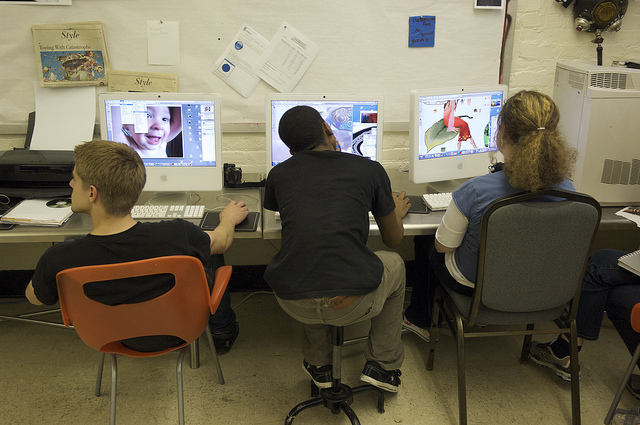As the pressure to perform academically rises with each passing school year, students are seeing less time in their days for movement and physical activity. Teacher accountability for student test scores is at an all-time high — making it difficult to allow the creative play time researchers insist is important to developing minds. Finding creative ways to allow kids some physical freedom but keep them on academic tasks is something most teachers really try to do — but it comes with challenges. One innovative concept that I recently learned more about is from MotionMagix™, a company that has developed an Interactive …
Continue reading “How Interactive Play Can Improve Academic Performance”







